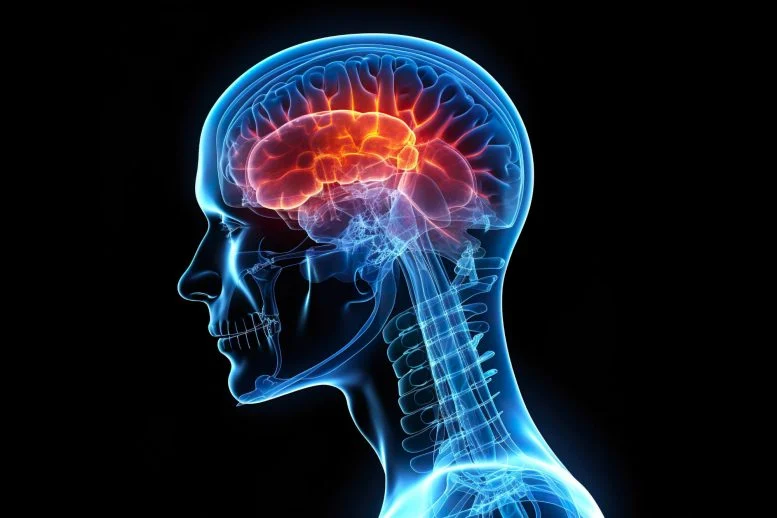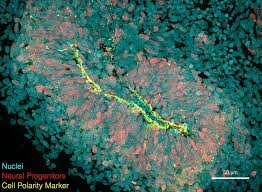The American College of Physicians (ACP) has released updated recommendations on preventing episodic migraines in nonpregnant adults in outpatient settings. These new clinical guidelines, which focus on the effectiveness of various treatments, were published in the Annals of Internal Medicine.
The guidelines suggest that there are no clinically important advantages to opting for newer, costly medications when preventing episodic migraines. Instead, ACP advocates for a more cost-effective and evidence-based approach to treatment.
In Recommendation 1, the guideline suggests that clinicians initiate monotherapy with one of the following pharmacologic treatments: a beta-adrenergic blocker such as metoprolol or propranolol, the antiseizure medication valproate, the serotonin and norepinephrine reuptake inhibitor venlafaxine, or the tricyclic antidepressant amitriptyline.
Recommendation 2 states that for patients who do not tolerate or respond to the initial treatments, clinicians may consider using a monotherapy approach with either a calcitonin gene-related peptide (CGRP) antagonist, such as atogepant or rimegepant, or a CGRP monoclonal antibody, including eptinezumab, erenumab, fremanezumab, or galcanezumab.
Recommendation 3 suggests that if patients still do not tolerate or respond adequately to previous treatments, clinicians may opt for topiramate, an antiseizure medication, as a monotherapy treatment.
Migraine, characterized by moderate-to-severe headache episodes that can last from four to 72 hours, remains a significant medical concern, often underdiagnosed and undertreated. The ACP hopes that these new guidelines will encourage clinicians to offer more effective preventive treatments to a wider range of patients, ensuring better management of the condition.
The guideline highlights findings from a comparative effectiveness review which examined various treatments for migraine prevention, including their effects on migraine frequency, treatment adherence, disability, and quality of life. Despite the variety of treatment options available, ACP’s review found no significant clinical net benefits between most treatments, which led to a recommendation to prioritize cost-effective treatments.
Additionally, the ACP emphasized the importance of patient adherence to prescribed treatments, noting that improvement in symptoms might be gradual and could take several weeks after starting long-term preventive therapy.
While newer, expensive medications such as CGRP antagonists have emerged as popular treatment options, the guidelines suggest that they do not offer any significant advantage over traditional, more affordable therapies. The economic evidence and patient preferences data played a crucial role in shaping the recommendations.
Disclaimer: The information in this article is based on the newly released guidelines from the American College of Physicians and should not be used as a substitute for professional medical advice. For personalized recommendations, individuals should consult their healthcare provider.
For more details, refer to the publication: Prevention of Episodic Migraine Headache using Pharmacologic Treatments in Outpatient Settings: A Clinical Guideline from the American College of Physicians published in Annals of Internal Medicine (2025). DOI: 10.7326/ANNALS-24-01052.












